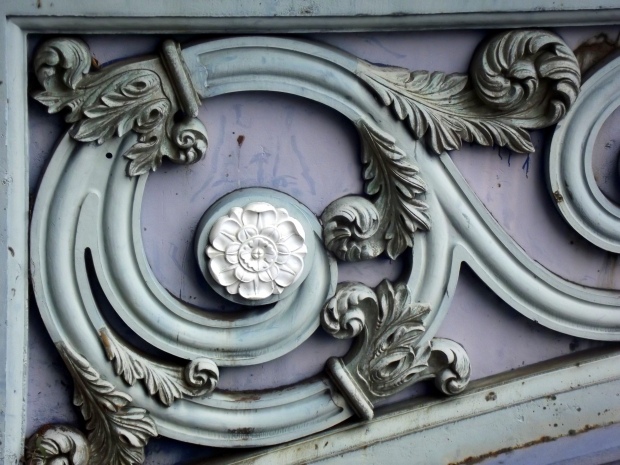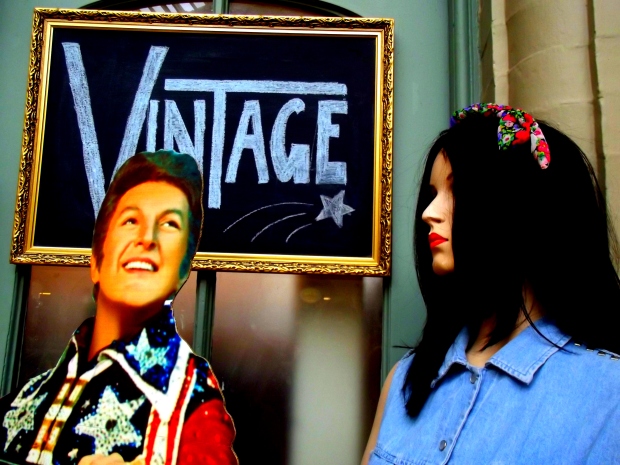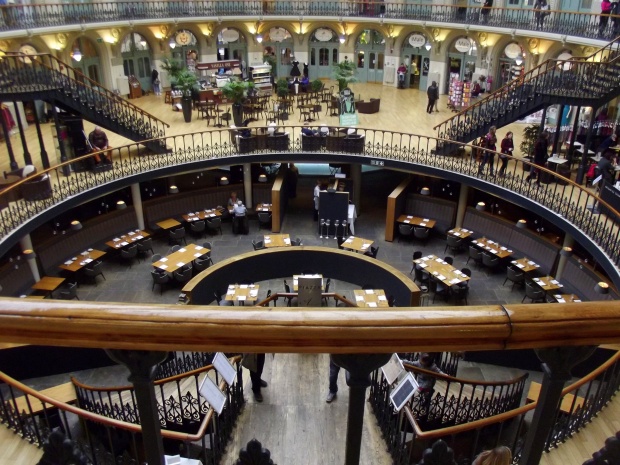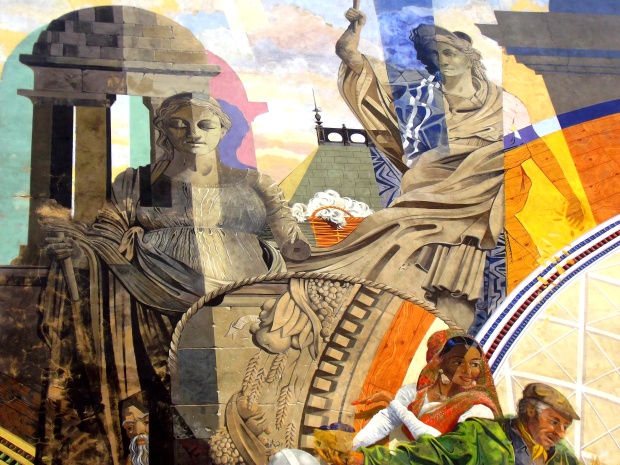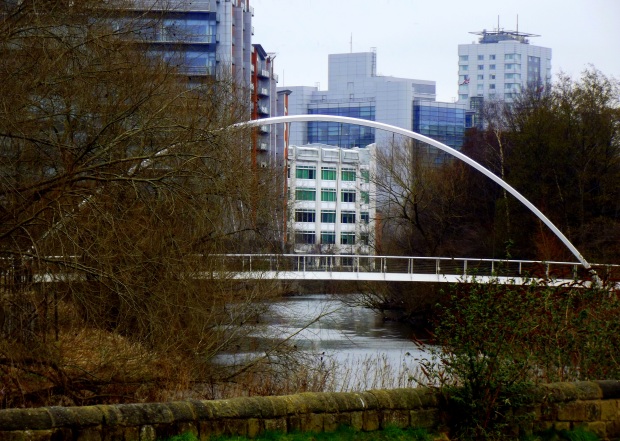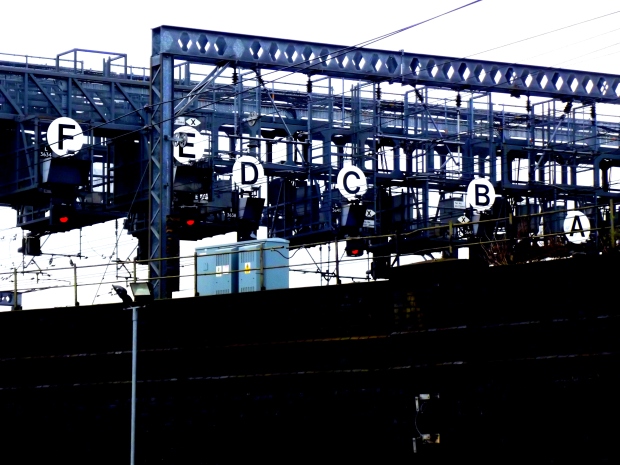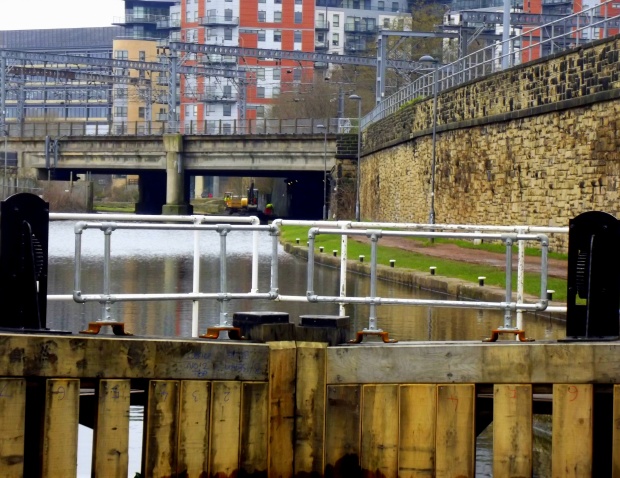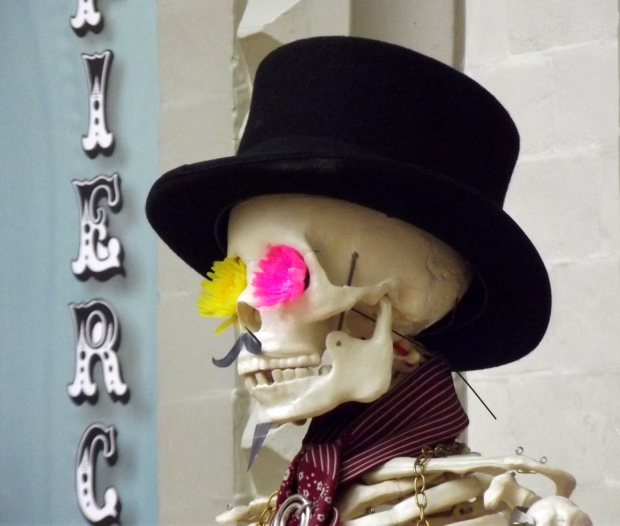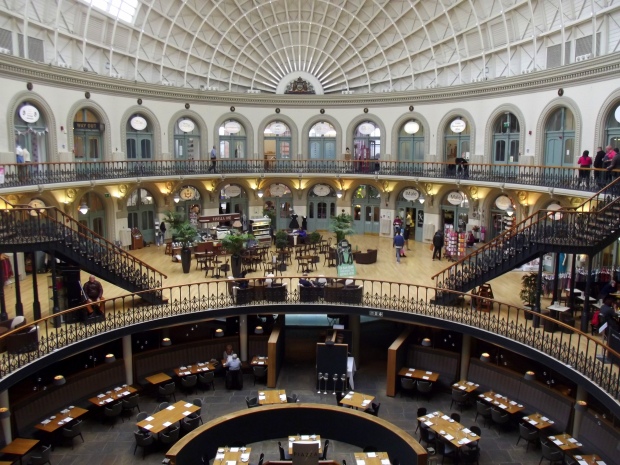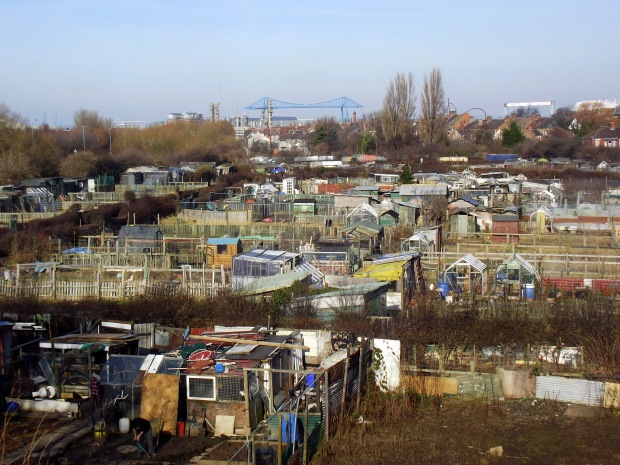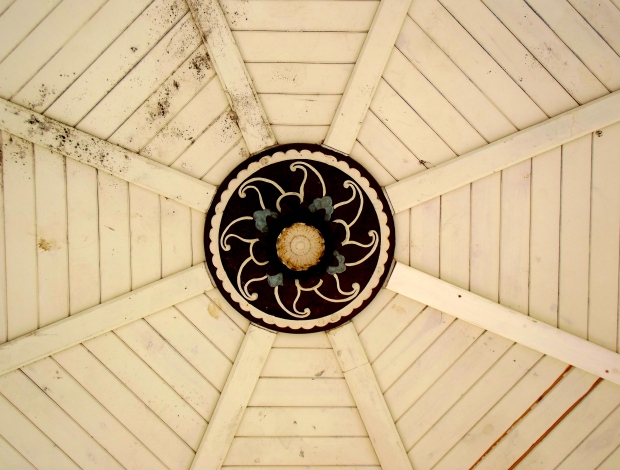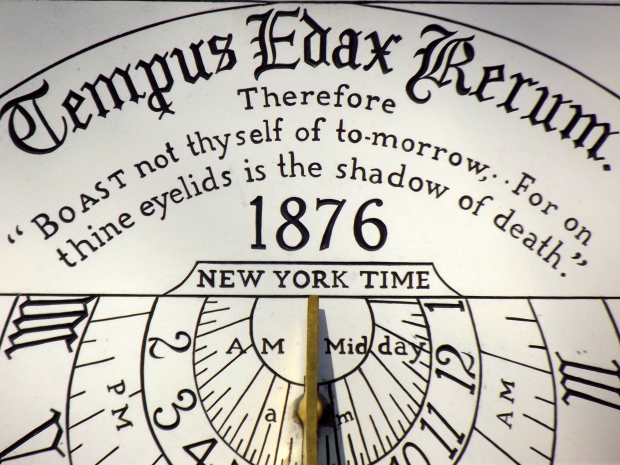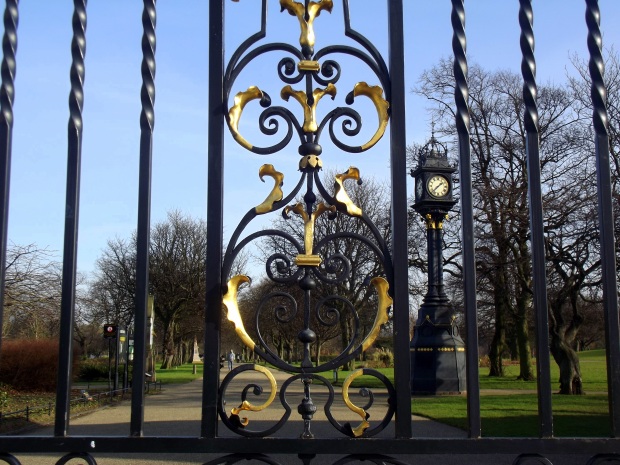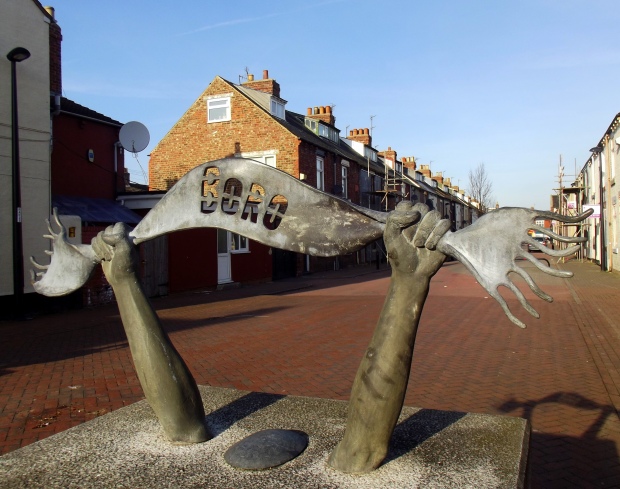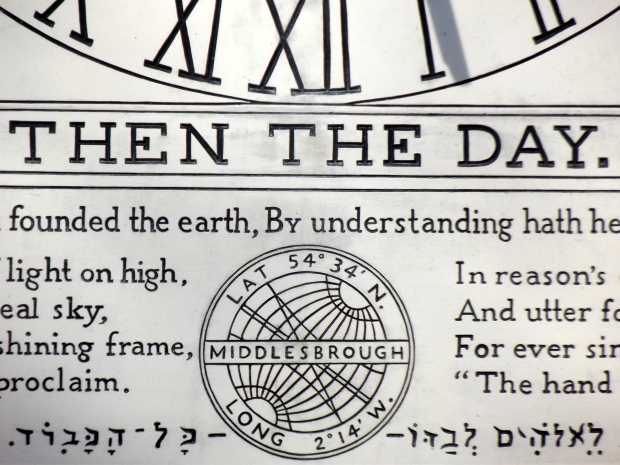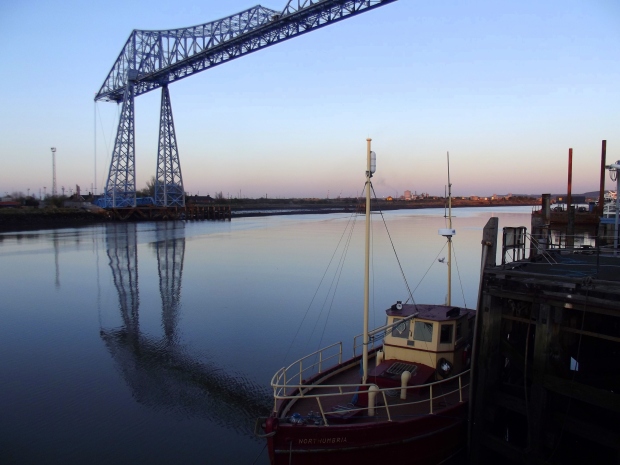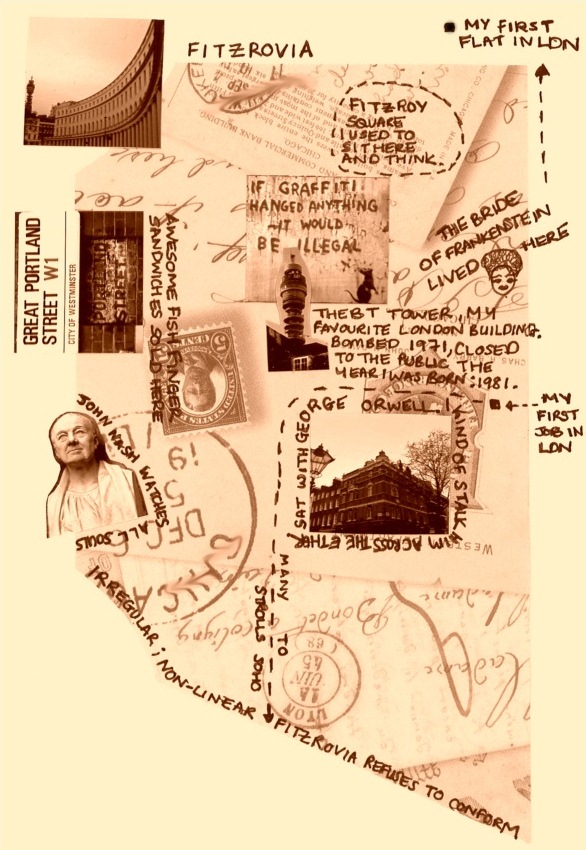
Inspired largely by the works seen in Mapping Manhattan, I recently decided to map the area I lived in when I first came to London: Fitzrovia. It’s my first attempt at cartography, which is why it looks a little bit like a seven year old might have made it. This is my Fitzrovia, the things I know and cherish about the area. The map is part of an ongoing book project I’m currently working on.
]]>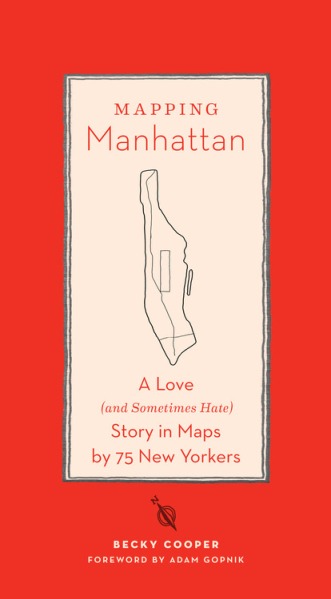
There are thousands of books about New York, hundreds of which address the post-9/11 cityscape, but this volume captures something that is out of reach for the average guide book or travelogue: the heartbeat; the pulse of the island. The secrets of its residents and visitors.
Author Becky Cooper distributed hundreds of photocopied maps to the people of Manhattan, from taxi drivers and tourists to hot dog vendors and high-flying business types. They were asked to draw the Manhattan of their minds, hearts and souls. To etch memories and dreams onto paper and post them back to her PO box. To her surprise, before long, it brimmed with an influx of replies.
Described, quite rightly, by Cooper as “an anthropological fingerprint”, Mapping Manhattan is a deeply moving read. These candid accounts of life within and beyond the city are the perfect celebration of the diversity and determination of the New York population. They fearlessly put on record lost loves, mislaid gloves, first dates, pet hates, broken hearts and important phone calls that just had to be taken. Each entry is an individual, raw work of art and their bold vulnerability slices through time, distance and self. Any reader willing to look – really look – at the artifacts transferred with love onto each page, will connect with these stories and these people and will come to know potent truths about strangers they are never likely to meet but with whom they now share a bond.
In addition to the cultural and historical revelations, Mapping Manhattan offers anyone who watched those planes hit the World Trade Centre back in 2001, whether on the news or from the ground, a chance to let go. An opportunity to truly acknowledge that the people of New York didn’t give up that day, but kept going; kept breathing; kept living. Perhaps it is time for the rest of the world to follow their example. It’s been twelve years, it will never be forgotten, the sight of those crumbling towers sucked all oxygen from our lungs; all feeling from our innards, and can never be undone but holding onto the hurt of that day forever is unlikely to be good for the city or for ourselves. This book remembers a time before that ghastly and outlandish image first, and eternally, seared itself into the darkest recesses of my brain and charts a metropolis ready to move forward.
The Mapping Manhattan project is still running online. You can map your Manhattan here.
]]> I went on a walk around Leeds today, there are a surprising number of paths you can take into, out of and around the city. I was mainly around the waterfront. Here are a few photographs I took on my travels.
I went on a walk around Leeds today, there are a surprising number of paths you can take into, out of and around the city. I was mainly around the waterfront. Here are a few photographs I took on my travels.
]]>
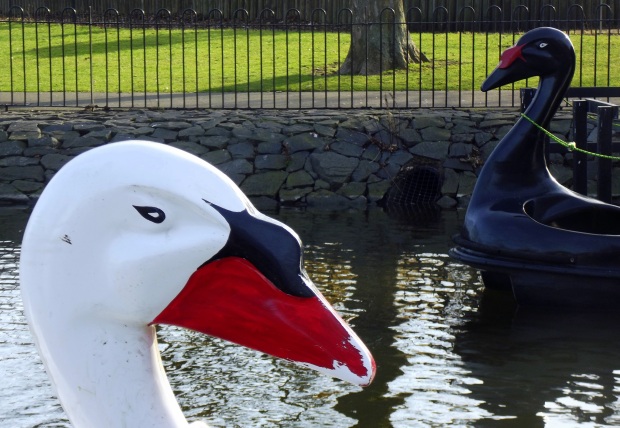 Today I went on a psychogeographical wander around Middlesbrough for a chapter in a book I’m working on. I’m not ready to release details yet but towards the end of the year all will be revealed. In this post are several photographs I took on my travels, the relevance of swan-shaped pedalos will not be lost on Iain Sinclair fans – if you haven’t already watched Swandown, I recommend it.
Today I went on a psychogeographical wander around Middlesbrough for a chapter in a book I’m working on. I’m not ready to release details yet but towards the end of the year all will be revealed. In this post are several photographs I took on my travels, the relevance of swan-shaped pedalos will not be lost on Iain Sinclair fans – if you haven’t already watched Swandown, I recommend it.
]]>
